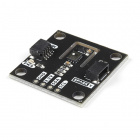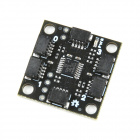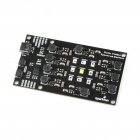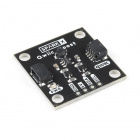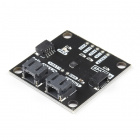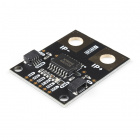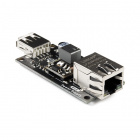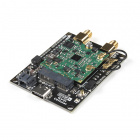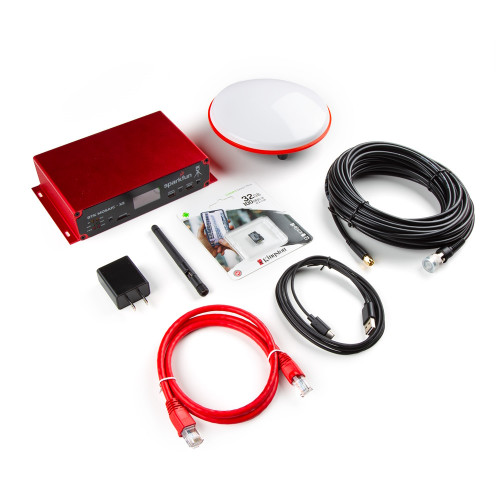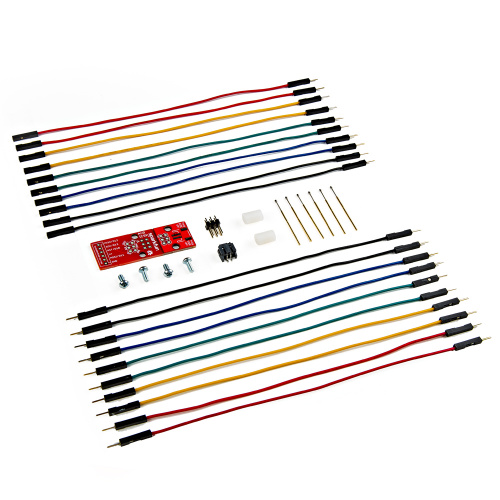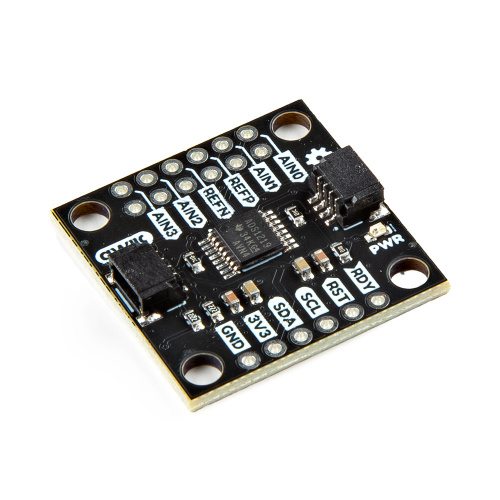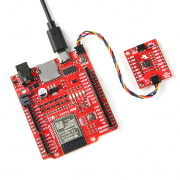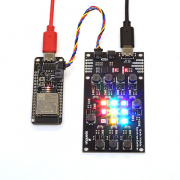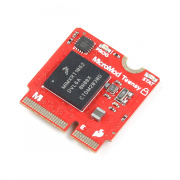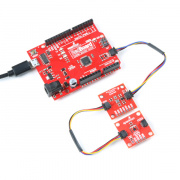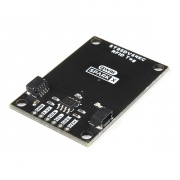
welcome to the lab
Receive updates on the latest from SparkX

speed over polish
SparkX products are not nearly as shiny or polished as the regular SparkFun product; we can get to market faster. Are you ok with a board that hasn't been fully user tested? Can you read a manual? SparkX is for you.

unabashed failure
SparkX doesn't care if something isn't quite finished. Shoot, we're only pretty sure an idea will work. We'll let you know exactly what's known and what's tested, the rest is up to you. Are you ok with a green wire and no beginner's guide? SparkX is for you.

go go go!
SparkX chases the shiny. If there's a product or project that appeals to us we'll do it regardless of market considerations. Want to play with something that may never make it to market? SparkX is for you.
SparkX Products
Experimental Products: SparkX products are rapidly produced to bring you the most cutting edge technology as it becomes available. These products are tested but come with no guarantees. Live technical support is not available for SparkX products.
SparkX Blog Posts
Hello everyone and welcome to a week of large releases for us here at SparkFun Electronics. We are happy to announce our newest GNSS Surveyor, the SparkFun RTK mosaic-X5! This highly accurate RTK Kit provides you with 6mm accuracy and a 100Hz update rate as well as everything pretty much everything you'll need to get started! Following that, we have a new version of our tried and true ISP Pogo Adapter for programming without soldering a single pin. We wrap the day by taking a closer look at SparkX's new Qwiic 24 Bit ADC board! Let's jump in and take a closer look at each of this week's new products!
Unlock Precision Paradise: The SparkFun RTK mosaic-X5 is Here!
Designed and manufactured in Boulder, Colorado, USA, the SparkFun RTK mosaic-X5 is the perfect solution for your high-precision positioning and navigation needs. Based on the multi-constellation, multi-frequency, L1/L2/L5-ready mosaic-X5 from Septentrio, this is our most advanced RTK product to date.
The mosaic-X5 is a 448-channel "all in view" receiver which supports GNSS signals from GPS (USA), GLONASS (Russia), Beidou (China), Galileo (Europe), NavIC (India) plus special additional satellites (e.g. SBAS and QZSS). The mosaic-X5 also has built-in on-module support for other L-band correction services.
The RTK mosaic-X5 can be configured as an RTK Base, where it feeds corrections to other RTK Rovers, or as an RTK Rover, where it can use corrections to achieve a horizontal positioning accuracy of 6 millimeters (0.6cm) (plus 0.5 PPM). For robotics and autonomous systems applications, the mosaic-X5 can deliver position updates at 100Hz (100 times per second). The mosaic-X5 is a very sophisticated chip running a full internal web page server; the position can be monitored, and the module is fully configured through that web page using a standard browser.
Pogo pins make life so much easier when you are trying to program without having to solder a single thing, and when you attach them to an In-system programming (ISP) adapter, they become instantly better. This simple kit allows you to do just that. The ISP Pogo Adapter is a simple and easy way to adapt pogo pins to a 6-pin ISP header, allowing you to program an IC without soldering a header.
A lot of the time you just need to add more analog inputs to solve a problem. It happens. The SparkX Qwiic 24-Bit ADC can provide four channels of I2C controlled ADC input to your Qwiic enabled project. These channels can be used as single-ended inputs, or in pairs for differential inputs, running at sample rates of up to 1kHz. What makes this ADC even more powerful is that it has a programmable x1 or x4 gain amplifier that lets you "zoom in" on a very small change in analog voltage (but will still effect your input range and resolution). Utilizing our handy Qwiic system, it is easy to connect it to the rest of your system. However, we have broken out 0.1"-spaced pads too in case you prefer to use a breadboard.
That's it for this week. As always, we can't wait to see what you make! Shoot us a tweet @sparkfun, or let us know on Instagram, Facebook or LinkedIn. Please be safe out there, be kind to one another! We'll be back with more new products next week so make sure to check back then. Happy hacking!
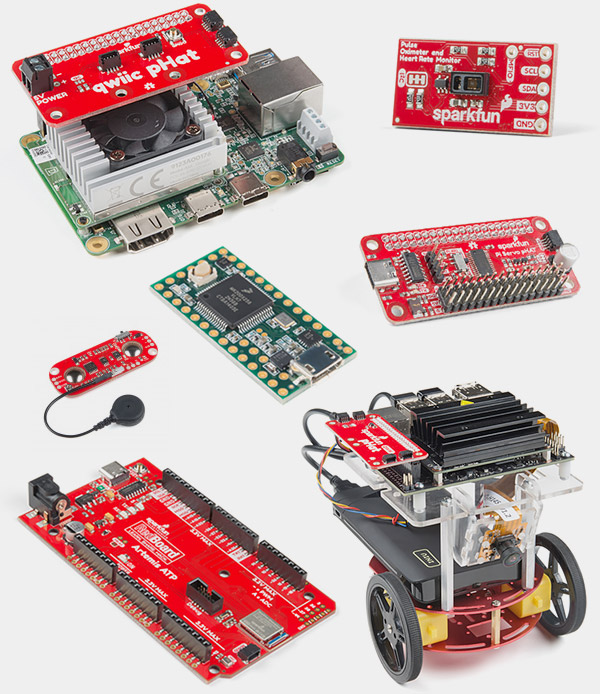
Never miss a new product!
This week, we announce a new VR IMU featuring the BNO086 from CEVA, a new version of the RPi Starter Kit with increased storage, a new Qwiic Mux from SparkX, and finally a brand new LTE Antenna!
SparkX's new Qwiic Visible Spectrum Emitter is now available with a 10-Way Terminal & Socket.
The new Copy Protected version of the MicroMod Teensy Processor is now available with a new SparkX addition!
SparkX is back with a new NFC/RFID Tag, the FLIR Lepton Breakout V2 is now available on its own, and we have a new and better way to remove a U.FL-terminated cable.

